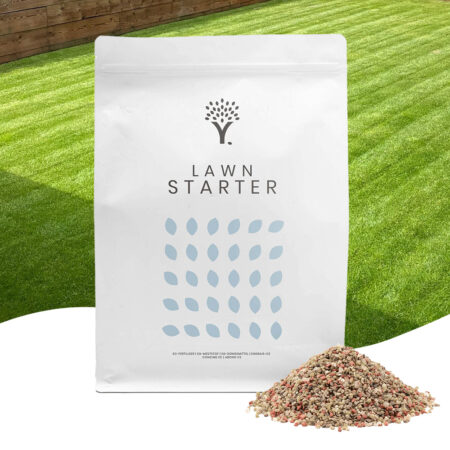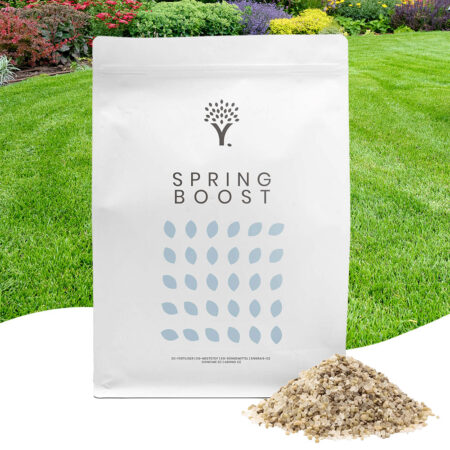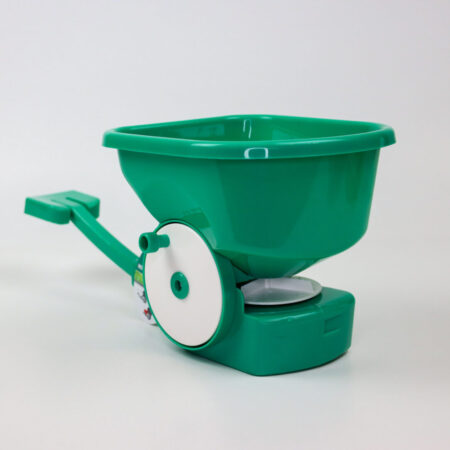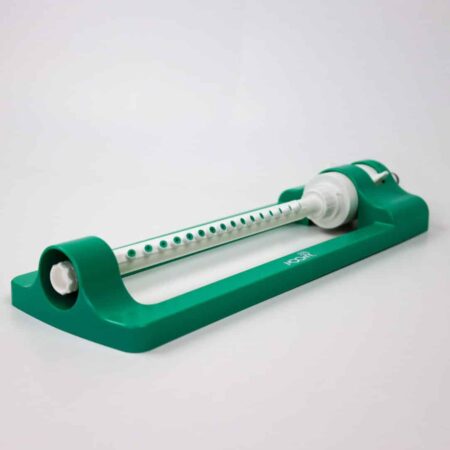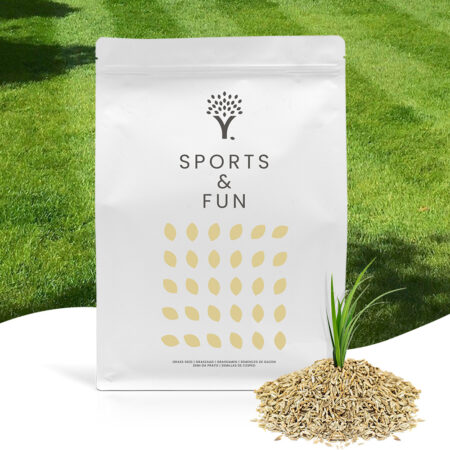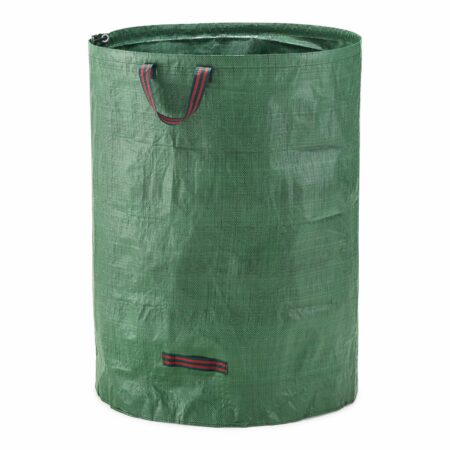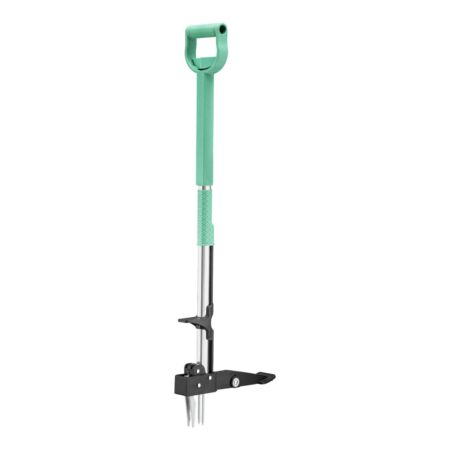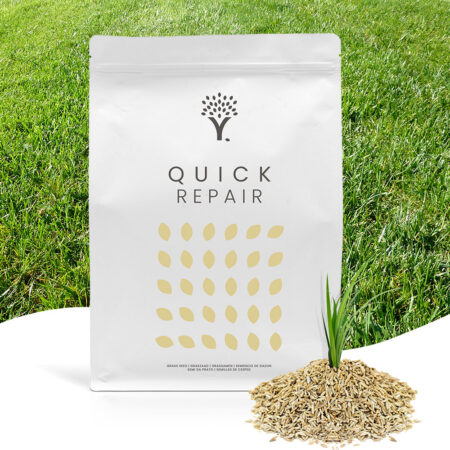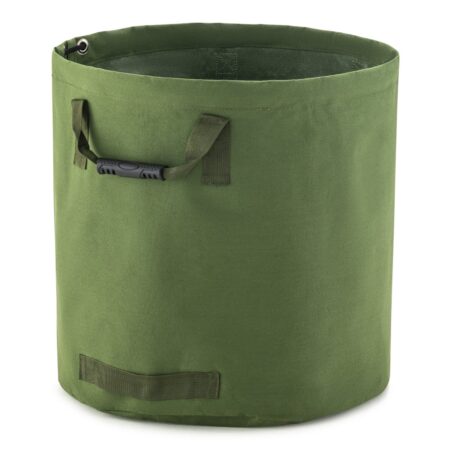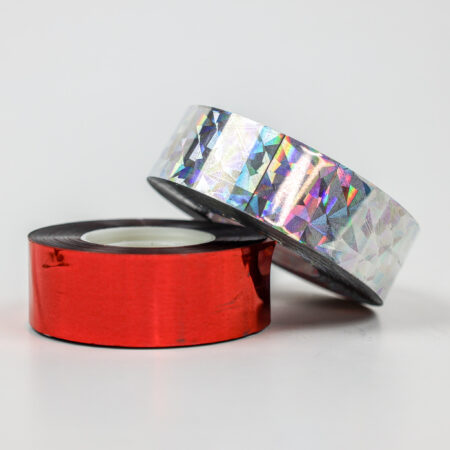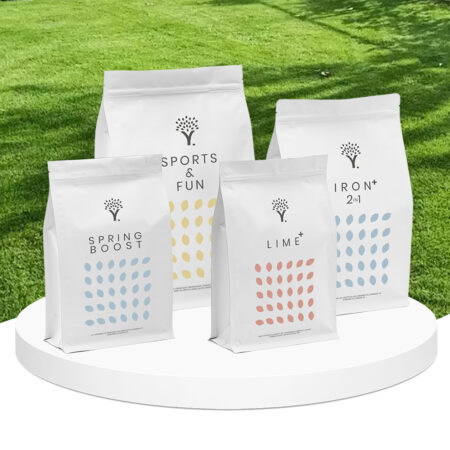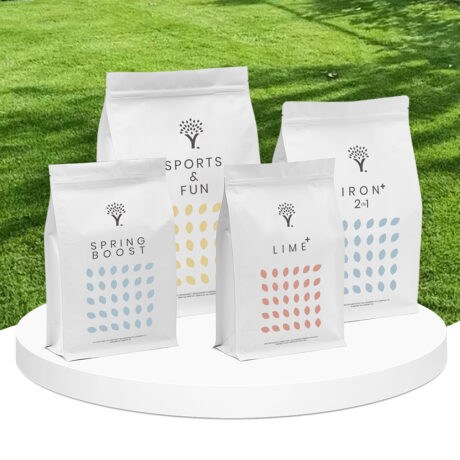Log in or create new account to save this product to your wishlist.
Scarifying
Scarifying your lawn involves clearing away debris and moss that can stifle root growth. Enhance soil aeration for better oxygen absorption, promoting stronger and faster grass growth. Explore MOOWY's scarifying solutions for your lawn, including grass seed, fertiliser, among other essential products. Find everything you need for a thriving, moss-free lawn.
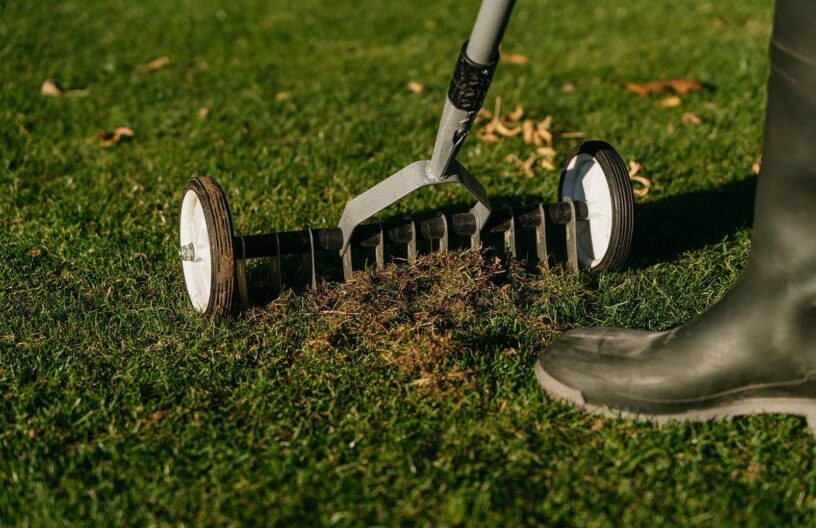
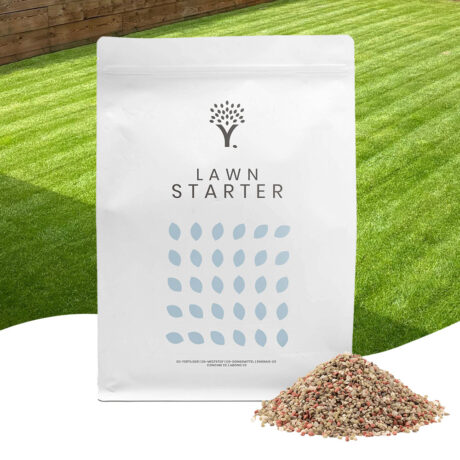
- Order by 2PM = shipped today
- 250.000+ satisfied customers!
- 60 day satisfaction guarantee
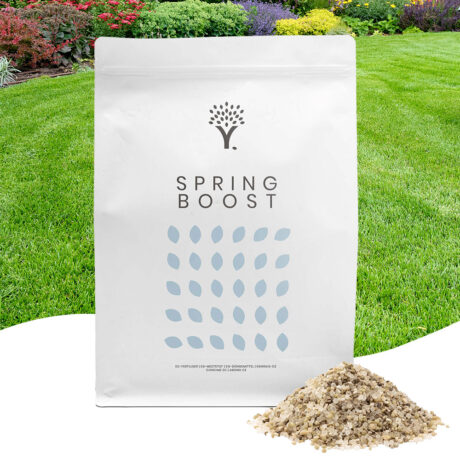
- Order by 2PM = shipped today
- 250.000+ satisfied customers!
- 60 day satisfaction guarantee



- Order by 2PM = shipped today
- 250.000+ satisfied customers!
- 60 day satisfaction guarantee

- Order by 2PM = shipped today
- 250.000+ satisfied customers!
- 60 day satisfaction guarantee
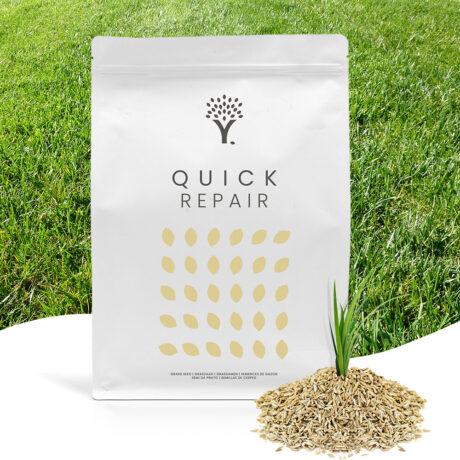
- Order by 2PM = shipped today
- 250.000+ satisfied customers!
- 60 day satisfaction guarantee

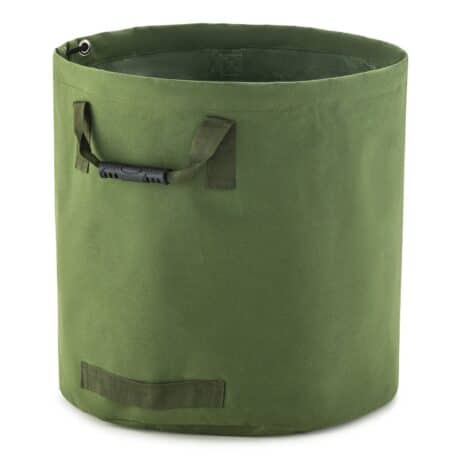
- Order by 2PM = shipped today
- 250.000+ satisfied customers!
- 60 day satisfaction guarantee
-
Why do I need to scarify my lawn?
Grass needs space to develop into a beautiful green lawn. By space we mean “room between the grass plants”. This space is often taken up by moss, weeds or a layer of felt. Scarifying creates space. More information on scarifying can be found here.
-
What is scarifying?
Scarifying is an important maintenance technique for removing moss or dead organic material, also known as the thatch layer or felt. This organic material chokes your lawn. Scarifying will give the grass more room to develop.
-
When should I scarify?
Scarifying puts a strain on the lawn, which is why it is best to scarify in a period when the grass is growing well (in the spring from March to May, and in the autumn from the end of August to October).
-
How often should I scarify?
If your lawn produces a lot of thatch and moss, you should dethatch it annually. This keeps it fresh and prevents it from becoming too big a chore. If the thatch layer is less than 1cm, you can dethatch every other year. If the thatch layer is 2cm, you should definitely scarify every year.
Note: if you leave grass clippings on the lawn, the thatch layer will grow faster.
Scarifying the lawn
Scarifying your lawn is the process of clearing debris and moss that can choke the roots. Aerating your soil for improved oxygen absorption will make your grass grow stronger and faster.
The best time to scarify depends on how intensively you use your garden. Anytime between April to September is suitable, but remember: your lawn will need some time to recover.
For this reason, most people choose to scarify during the early part of spring when the lawn is in minimal use; preparing the grass and soil for that fabulous summer perfection.
Lawn scarifying and moss control
Scarifying is most beneficial when there’s a layer of moss covering the ground below the grass blades’ tips. In addition to moss, you may find other garden debris such as fallen leaves and organic matter, which clogs up your soil.
If your lawn is relatively moss free, you could postpone the task until next year. If the lawn thatch is 2cm or more in height, it’s time to scarify!
How to scarify a lawn?
Scarifying could be an Olympic sport: it’s exhausting but good for your health. Your grass probably feels the same way – because scarification is a stressful activity for your lawn. Therefore, you must fertilise well before you scarify, then mow your lawn to 4cm. Two weeks later, cut the grass to 3cm, and as soon as the grass is dry, you can get started.
Adjust your scarifying tool so that the blades penetrate the earth to around 2-3mm. Then drive the device evenly over the lawn – first lengthways, then across (or vice versa).
At this stage, remove the moss and organic debris and fill in any bald spots with fast-growing lawn seed.
Your lawn will initially look a little sad, but it will spring back to life in no time. Give your lawn a break until it’s showing signs of recovery.
Learn more about lawn scarification here.


